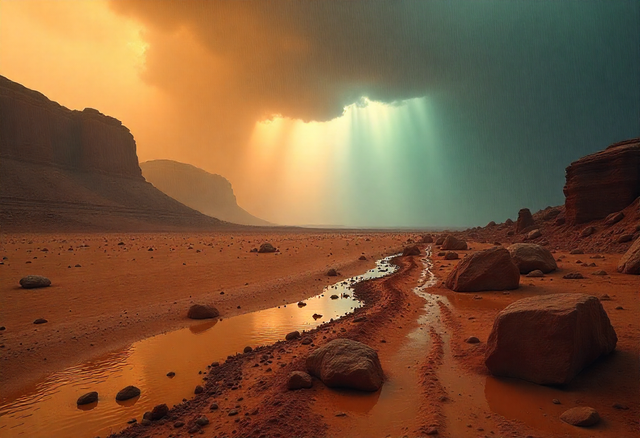NASA claims to have found biosignatures of past life on Mars.
NASA claims to have found biosignatures of past life on Mars.

NASA published on September 10 in a press conference that its Mars Rover discovered a possible biosignature in some samples taken last year. The sample collected last year by the Perseverance Rover was found in the bed of an ancient river. Today that river is dry, but several billion years ago water flowed through it, ending in the Jezero crater, about 45 km in diameter.
A biosignature is a substance or structure, whether gaseous or solid, that could have a biological origin, but the problem is that it does not automatically mean that it is the product of life forms. In fact, in recent years, every time a team of researchers released a report saying that they had found a biosignature, whether on Mars or Venus or an exoplanet, another team of researchers immediately came out stating, "No, it's false," that the biosignature may have an origin from some geological phenomenon or chemical without the need for life forms, and there they are in a debate, there are cases that have been debated for years, what about Venus is tremendous.

Souce
At the moment, the important thing about this finding is, first, the research is peer-reviewed and NASA has made this data available to the entire scientific community and to the entire world. Second, the Rover discovered that the sedimentary rocks of this formation, specifically, are composed of clay and silt, which on Earth are excellent preservatives of past microbial life. They are also rich in organic carbon, sulfur, iron, oxidized and phosphorus. All of them are ideal chemical compounds to feed microbes, at least the ones here. and of the land.
The images without reference were created with AI
Thank you for visiting my blog. If you like posts about #science, #planet, #politics, #rights #crypto, #traveling and discovering secrets and beauties of the #universe, feel free to Follow me as these are the topics I write about the most. Have a wonderful day and stay on this great platform :) :)

